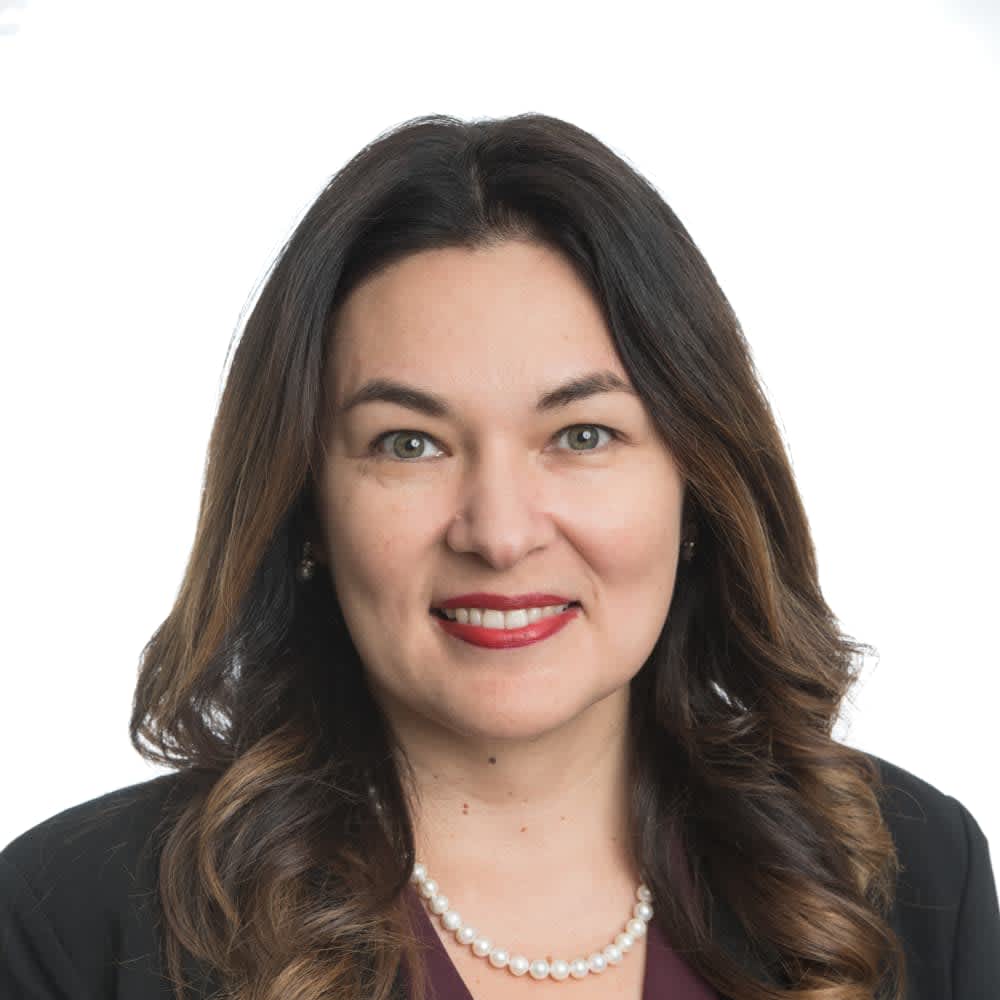Why It’s Important
Families come in many forms, and how people define and exist in families differs across cultures. Family units can include multiple generations, legal guardians, family friends, and other loved ones. According to the Pew Research Center,1 there is no longer a dominant family structure in the United States. The U.S. Census Bureau notes2 an increase in the number of children who live in multigenerational households.
Family structure can impact educational experiences, as well. Young people living in poverty are less likely3,4 to finish high school or complete college. In contrast, students from families with greater financial earnings — including dual-income families, who typically earn more than single-income families and are often headed by two parents — complete college at higher rates,5,6 highlighting educational inequities.7,8,9
When we discuss family, it is important to remain thoughtful about and inclusive of the various ways families are structured and how those structures might impact students’ educational experiences.
Family-Inclusive Language
Language regarding a family should acknowledge the diverse family structures, formations, and dynamics that exist. Steer away from language that excludes certain family makeups, such as families led by single parents, LGBTQ+ individuals, and caregivers who are not the biological parents of children in the household.
Do not assume the relationship status between individuals. It is OK to ask about family members’ relationships to one another. Use any desired labels they may request.
| Avoid Saying | Consider Replacing With | Why This Matters |
|---|---|---|
| parents, mom and dad | parents and guardians, caregivers | Caregivers are not necessarily biological or adoptive parents. |
| son, daughter | children, younger family members | Try not to make assumptions about younger family members’ relationships to older family members or their gender. |
| extended family | family, family unit | “Extended” often refers to family members outside the nuclear unit: grandparents, cousins, aunts, uncles, etc. However, many family units include these relatives and other loved ones. |
| household members | family members, family unit | Family members do not always live in the same house. |
| Avoid Saying |
|---|
| parents, mom and dad |
| son, daughter |
| extended family |
| household members |
| Consider Replacing With |
|---|
| parents and guardians, caregivers |
| children, younger family members |
| family, family unit |
| family members, family unit |
| Why This Matters |
|---|
| Caregivers are not necessarily biological or adoptive parents. |
| Try not to make assumptions about younger family members’ relationships to older family members or their gender. |
| “Extended” often refers to family members outside the nuclear unit: grandparents, cousins, aunts, uncles, etc. However, many family units include these relatives and other loved ones. |
| Family members do not always live in the same house. |
Family Situations to Consider
Foster Care
Foster children may experience a variety of family structures during their lives. Do not make assumptions about a young person’s foster care situation — each experience is unique. It is OK and important to ask questions when you are unsure about an individual’s family structure and how they wish to label or identify the people who make up their family unit. Some people prefer person-first language regarding foster care (e.g., “people formerly in the foster care system” instead of “former foster youth”).
Adoption
When discussing adoption, note that it is more respectful and compassionate to say children are “placed for adoption” rather than “given up for adoption.” Avoid using terms like “real” or “first” parents/family. Instead, consider “biological” or “birth” parent/family.
Homelessness
Not all families have stable housing, and not all unstable housing situations are considered “homelessness.” Use language that allows individuals to self-define their living situation or arrangements. Phrases such as “a place you call home,” “a home space,” or “where you stay” can be accurate and inclusive ways to refer to a variety of living situations. Some may prefer to be considered “unhoused,” “houseless,” or “experiencing homelessness.”
For more advice related to this topic, see the Socioeconomic Status section of our Conscious Language Guide.
Applying to and Paying for College
Sources
- Aragão, C., Parker, K., Greenwood, S., Baronavski, C., & Mandapat, J. C. (2023, September 14). The modern American family. Pew Research Center.
- United States Census Bureau. (2022, February 3). Census bureau releases new report on living arrangements of children.
- Ratcliffe, C. (2015, September). Child poverty and adult success. Urban Institute.
- DoSomething.org. (2023, October 25). 11 facts about education and poverty in America.
- Braga, B., McKernan, S., Ratcliffe, C., & Baum, S. (2017, April). Wealth inequality is a barrier to education and social mobility. Urban Institute.
- Sullivan, J. (2020, September). Comparing characteristics and selected expenditures of dual- and single-income households with children. U.S. Bureau of Labor Statistics.
- Georgetown University Center on Education and the Workforce. (Retrieved on 2023, October 25). Born to win, schooled to lose.
- Tavernise, S. (2012, February 10). Education gap grows between rich and poor, studies say. The New York Times.
- Barshay, J. (2020, June 29). A decade of research on the rich-poor divide in education: Many studies show large and growing inequities. The Hechinger Report.

